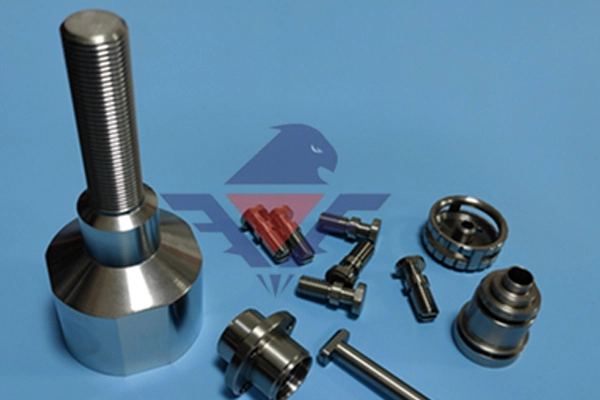
。
# Swiss Machining: Precision and Efficiency in Modern Manufacturing
## Introduction to Swiss Machining
Swiss machining, also known as Swiss screw machining or Swiss turning, is a specialized form of precision machining that has revolutionized the manufacturing industry. Originating in Switzerland’s watchmaking industry, this technique has evolved to become a cornerstone of modern high-precision manufacturing across various sectors.
## The Unique Advantages of Swiss Machining
### Exceptional Precision
Keyword: Swiss Machining
One of the most notable features of Swiss machining is its ability to achieve extremely tight tolerances, often within microns. This level of precision makes it ideal for creating small, complex parts that require exact specifications.
### Reduced Material Waste
The Swiss machining process is designed to minimize material waste through its unique approach to material handling and cutting. This efficiency not only reduces costs but also aligns with sustainable manufacturing practices.
### High Production Efficiency
Modern Swiss machines can perform multiple operations simultaneously, significantly reducing production time compared to conventional machining methods. This capability makes Swiss machining particularly valuable for high-volume production runs.
## Key Components of Swiss Machining Systems
### Guide Bushing Technology
At the heart of Swiss machining is the guide bushing, which provides critical support to the workpiece near the cutting tool. This innovative feature allows for superior precision, especially when working with long, slender parts.
### Multi-Axis Capabilities
Advanced Swiss machines typically feature multiple axes of movement (often 5-7 axes), enabling complex geometries to be machined in a single setup. This reduces the need for secondary operations and improves overall accuracy.
### Live Tooling Options
Many Swiss machines incorporate live tooling, which allows for milling, drilling, and other secondary operations to be performed simultaneously with turning operations, further enhancing efficiency.
## Applications of Swiss Machining
### Medical Device Manufacturing
The medical industry extensively utilizes Swiss machining for producing surgical instruments, implants, and other critical components that demand the highest levels of precision and reliability.
### Aerospace Components
Aerospace applications benefit from Swiss machining’s ability to create lightweight, high-strength parts with complex geometries from difficult-to-machine materials like titanium and high-grade alloys.
### Electronics and Connectors
The electronics industry relies on Swiss machining for producing precision connectors, contacts, and other small components that require exacting specifications and superior surface finishes.
## The Future of Swiss Machining
As manufacturing demands continue to evolve, Swiss machining technology is advancing to meet new challenges. Innovations in automation, smart manufacturing integration, and cutting tool technology are pushing the boundaries of what’s possible with this versatile machining method. The combination of precision, efficiency, and flexibility ensures that Swiss machining will remain a vital process in modern manufacturing for years to come.